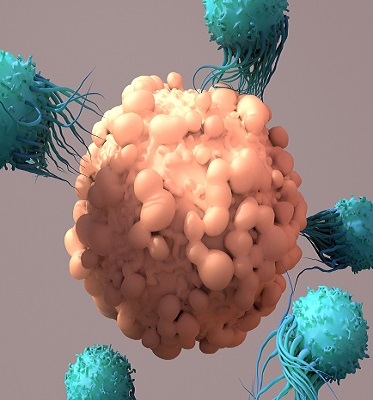Brain Tumors – The Deadly Glioblastoma
What is Glioblastoma?
Glioma is a general term which is used to describe primary brain tumors, and is classified according to their cell of origin. They include astrocytic tumors, oligodendrogliomas, ependymomas, and mixed gliomas. Out of these GB is the commonest accounting for more than 60% of all brain tumors in adults. It is the most aggressive type of brain tumors.
How common is Glioblastoma?
GB has a global incidence of less than 10 per 100,000 people making it a rare tumor amongst other cancers. However, as it is considered a deadly disease with very high ad rapid mortality after diagnosis, it makes a crucial public health issue. It accounts for 50% of all gliomas in all age groups (Rock et al., 2014). It can occur at any age but the peak incidence is between 55 to 60 years
What are the symptoms?
Usually the clinical history is very short ranging from between 3-6 months. However, if tumor has developed from a previous a low-grade astrocytoma (also a brain tumor), the clinical history can span over a few years. Clinical symptoms using depend on which part of the brain is involved. Patients can present with weakness in some part of the body, have imbalance while walking, incontinence, seizures, headaches and so on. An MRI brain is done to diagnose this disease.
Why is Glioblastoma considered to be a deadly disease?
Despite the variety of therapies against GB, it is still a deadly disease with extremely poor prognosis. Patients usually have a median survival of approximately 14 to 15 months from the diagnosis.
What are the treatment options available for Glioblastoma?
Specific treatment involves surgery/ surgical resection of the tumor along with radiation and concomitant adjuvant temozolomide (TMZ) therapy. There are sites like the brain stem where surgery is not possible, and such patients have a worse prognosis. Despite the best treatments, patients tend to have a recurrence early on. The options of chemotherapy/Targetted therapy have improved over the recent years. With advent of newer technologies, genetic profiling of GBM biopsies has revealed faulty genes which serve as a potential therapeutic target. There is a growing evidence suggesting this personalised therapeutic approach of stratification of GBM patients to novel treatment regimens is necessary if survival rates for GBM patients are to improve.

